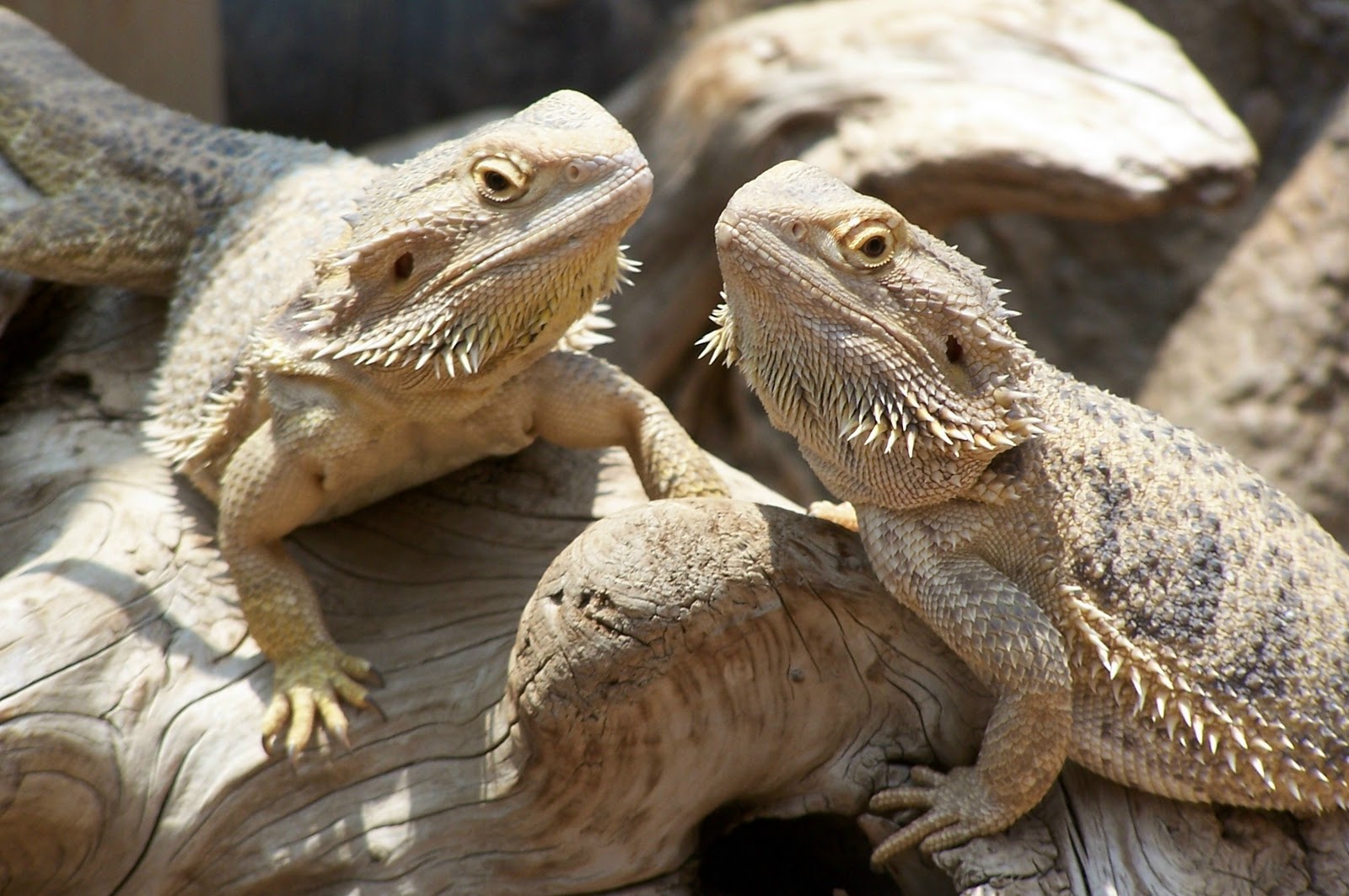The Ultimate Bearded Dragon Enclosure: How to Create a Comfortable Habitat for Your Lizard
Introduction
Bearded dragons have quickly become one of the most popular reptile pets around the world. They are friendly, docile, and very easy to care for, making them a great choice for beginners. However, to ensure that your bearded dragon stays healthy, happy and lives as long as possible, you need to replicate their natural habitat in your home. To do this, you need an ultimate bearded dragon enclosure.
An ultimate bearded dragon enclosure is a habitat that mimics the bearded dragon’s natural environment. It contains everything your dragon needs to thrive and be comfortable, including proper lighting, heating, substrate, and access to food and water. In this post, we will discuss everything you need to create the ultimate bearded dragon enclosure for your lizard pet.
Choosing the Right Enclosure
The first step in creating the ultimate bearded dragon enclosure is choosing the right enclosure. Bearded dragons grow quickly and can reach up to two feet in length, so you will need a decent-sized enclosure for them. A 40-gallon breeder tank or larger is recommended for adult bearded dragons. You can also choose to build a custom enclosure using wood, PVC, or other materials.

It is also essential to choose an enclosure with a secure lid or screen to prevent your dragon from escaping or other pets from entering. The enclosure should have good ventilation to help regulate the temperature and humidity levels in the habitat.
Lighting
Bearded dragons need access to both UVB and UVA lighting to stay healthy. UVB lighting helps your lizard synthesize Vitamin D3, which is essential for calcium metabolism and bone growth. UVA lighting helps regulate your lizard’s circadian rhythm and promotes natural behavior. Turn off the lights at night to create a natural day-and-night cycle.

You can purchase specialized reptile lighting at pet stores or online. Make sure the lighting fixtures are installed correctly and that the lighting is the right distance from your dragon, so they get the full benefit without being blinded.
Heating
Bearded dragons are reptiles that originate from the hot deserts of Australia. Therefore, they need a thermal gradient in their habitat to regulate their body temperature. Use a heat lamp or ceramic heat emitter to create a warm basking spot at one end of the tank, and use a low-wattage bulb or under-tank heating pad to create a cooler spot at the other end of the tank.

The temperature inside the tank should be approximately 100-110°F (38-43°C) in the basking area and around 80-85°F (27-29°C) in the cool area. Monitor the temperature levels using a thermometer or a thermostat.
Substrate
Substrate refers to the material you use at the bottom of the tank to line the enclosure floor. There are several substrates you can use, including reptile carpet, paper towels, newspaper, tile, sand, and more. However, not all substrates are safe for bearded dragons. The substrate you choose should be safe, easy to clean, and non-toxic.
Avoid using loose substrate like sand, gravel, or wood chips. They can cause impaction, which is a life-threatening condition where your bearded dragon eats the substrate, leading to blockages in their digestive system. Reptile carpet or paper towels are popular substrate options because they are easy to clean and safe for dragons to walk on.
Accessories
Your bearded dragon enclosure should also have accessories to keep your pet busy and happy. You can add rock caves, branches, plants, and other decorations to create a naturalistic environment. Just make sure they are safe and non-toxic for your pet and do not restrict their movement or ability to bask.
Food and Water
Bearded dragons are omnivores and eat a variety of insects, fruits, and vegetables. Feed your dragon a diet that includes crickets, mealworms, dubia roaches, collard greens, kale, and other greens. Make sure the food is gut-loaded, and dusted with calcium and vitamin D3 supplements. The water should be fresh, clean, and changed daily.

Conclusion
Creating an ultimate bearded dragon enclosure requires a bit of time, effort, and money, but it is worth it. A well-designed habitat can make your lizard happier, healthier, and help them live longer. Follow these tips, and your lizard will have everything they need to thrive in your home.
